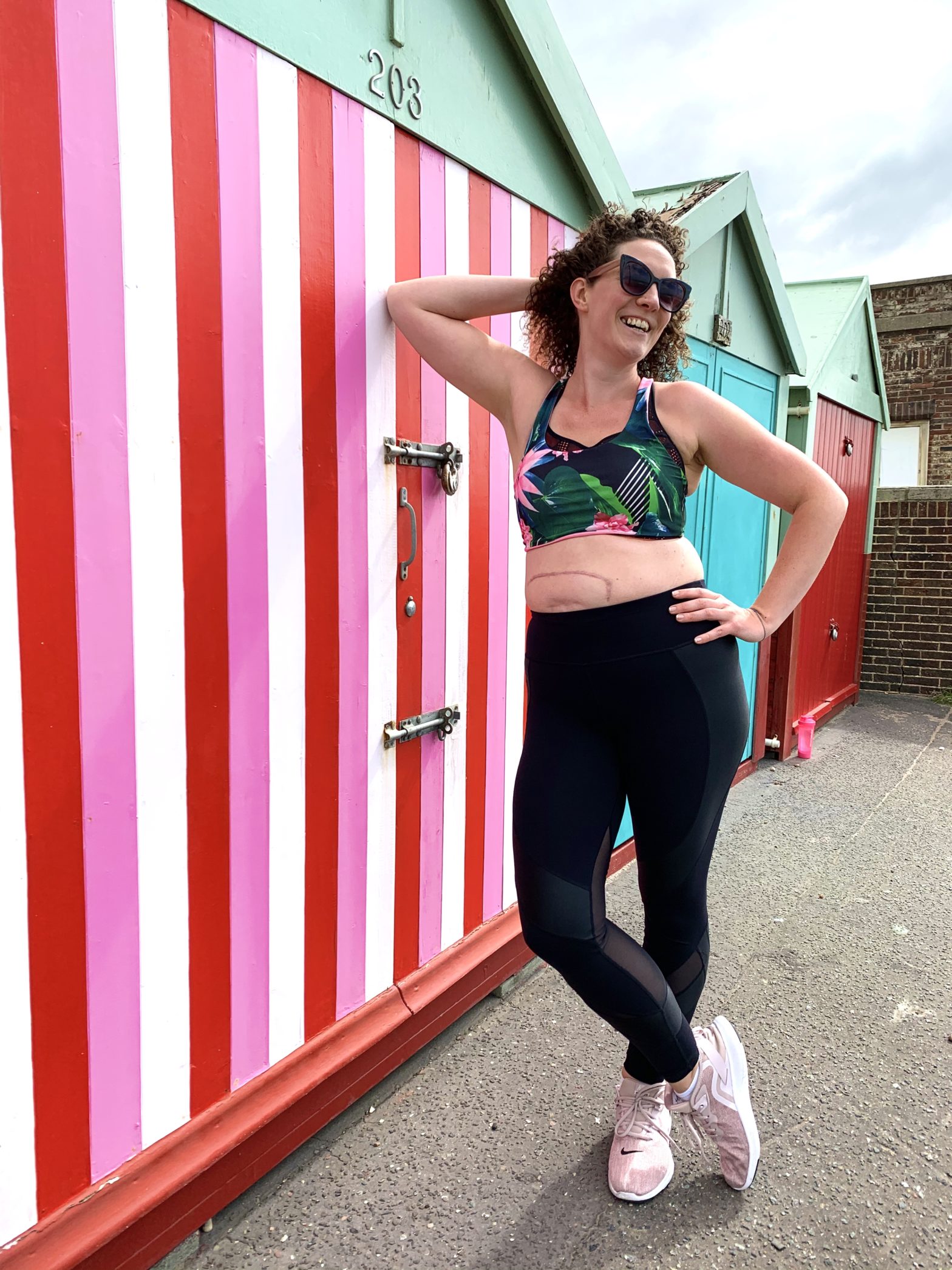For many people, the scariest piece of gym kit is something you don’t even touch: the mirrors. Yes, they are, in fact, kit – just like the machines and free weights! Allow me to explain…
Whilst many people do choose to admire themselves in the gym floor mirrors (hey, when you know how challenging it is to build muscle, you want to spend time checking out the fruits of your labour, trust me!), they also use them for a really important reason. Mirrors give you unconditional feedback. They actually don’t judge you either – they are, after all, inanimate objects.
The mirror is there to show you what you’re doing, be it right, wrong, or downright weird. In the same way that you use them to check for food in your teeth, or stray hairs, you should also use them to monitor how your body is moving.
For this, they do need to be used carefully – it’s anatomically impossible to check certain lifts whilst performing them, and you shouldn’t try as you could get hurt! However, you can ask your Personal Trainer for tips on how to do this safely, as well as what to look for and how to make an adjustment.
I know that it can be uncomfortable. We all have days where we don’t like what we see, and on those days, it’s even more important to remind ourselves that we need to check. Strip it back at those times – remember that you’re looking to see whether a shoulder is in the correct position, or a knee is tracking properly, rather than to judge the size of anything as it moves (whether we want it to or not). That said, noticing asymmetry is a really important function, and mirrors are incredibly useful for that – when I first noticed an issue with my abdominal wall, I checked in a mirror to see whether there was any visual evidence (I’d first noticed a physical sensation), and used the mirrors to monitor it as a lump sadly grew over the course of several months.
Now, as a PT, I love teaching my clients the positivity of mirrors, and boosting their confidence. The mirrors also help me to observe fully – if we’re near to one, it gives me an additional angle from standing in the same spot. I’ll still move around a client to check their position from different places, but having the mirrors means I can see a few things at once.
When clients permit, I also like to film or take photos on a phone – theirs or mine! – so that they have a record of their movement. This not only counteracts the drawback I mentioned earlier, of some lifts not being possible for a participant to observe during (I can take photos or video, and they can then review this footage once they’ve finished), but it also means that we can do a comparison. Some people are highly visual learners, so if they require a coaching correction, I can show them what I mean by indicating it on the screen, correct them and then film this version, allowing them to compare the two clips and see the difference side by side.
It could take time to reframe (sorry!) your feelings about gym mirrors, so remember what I’ve said: they are tools to help you, rather than hurt you. I’m looking forward to catching you checking yourself out in them as you progress!
